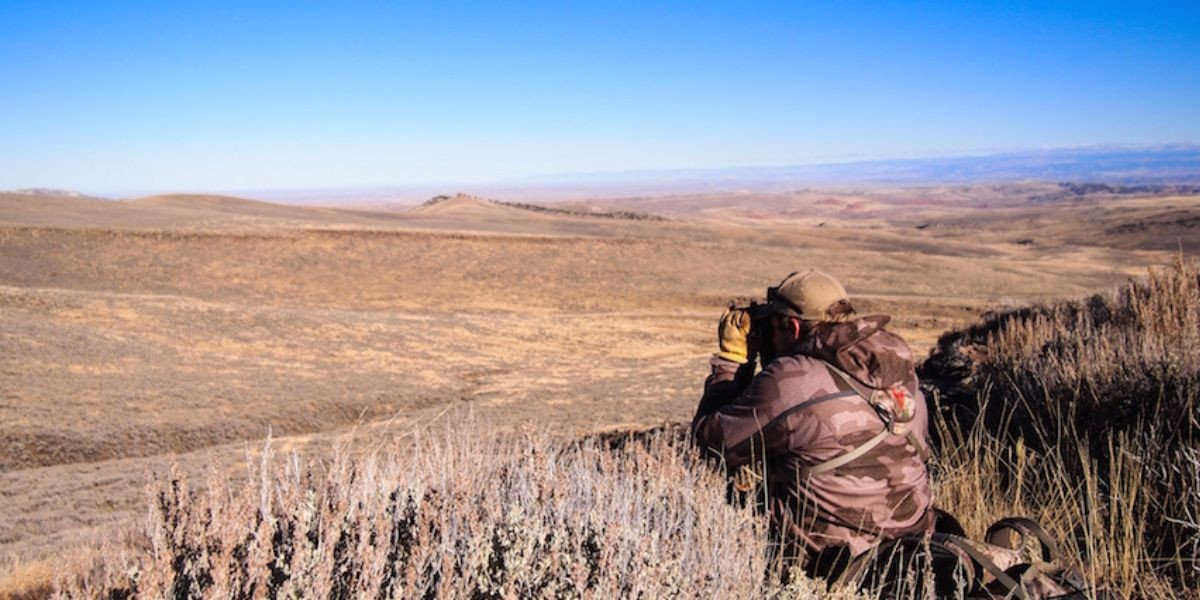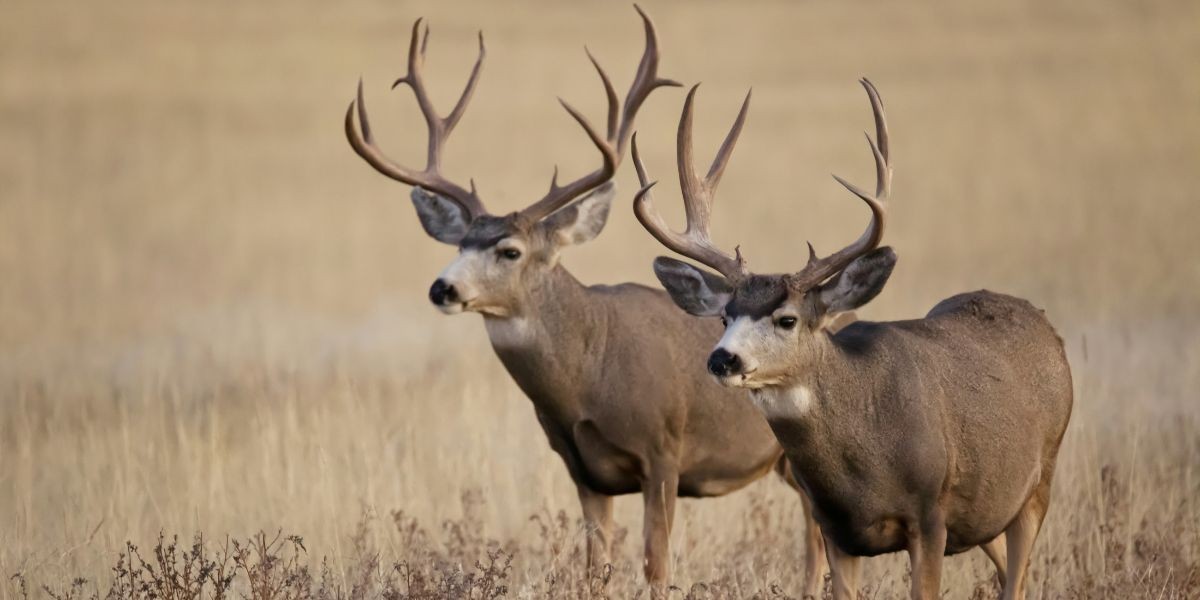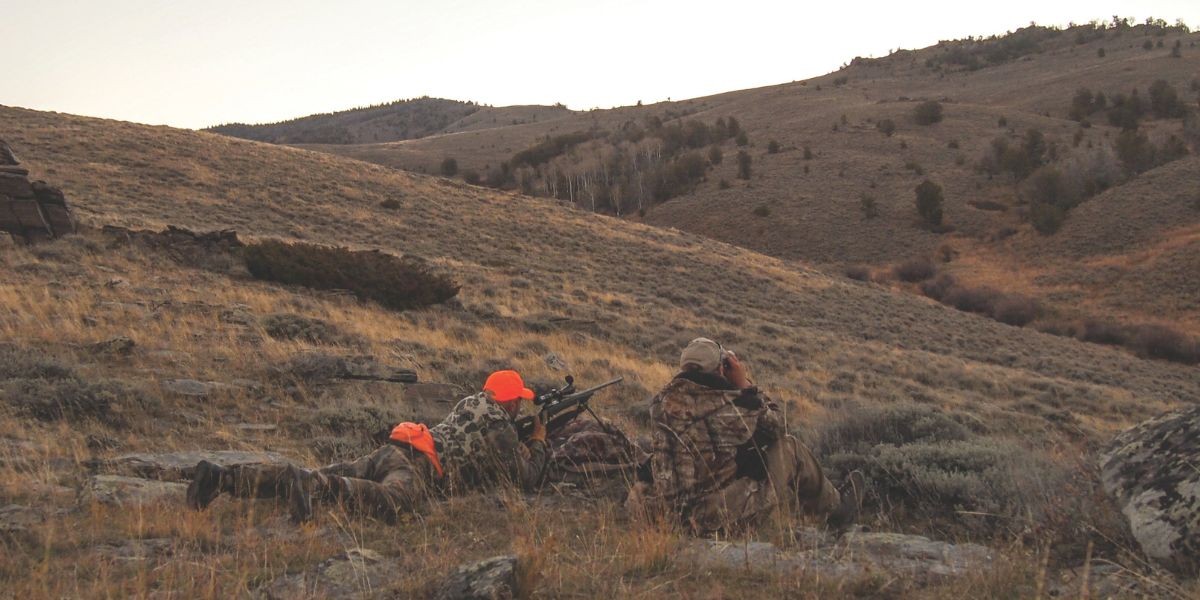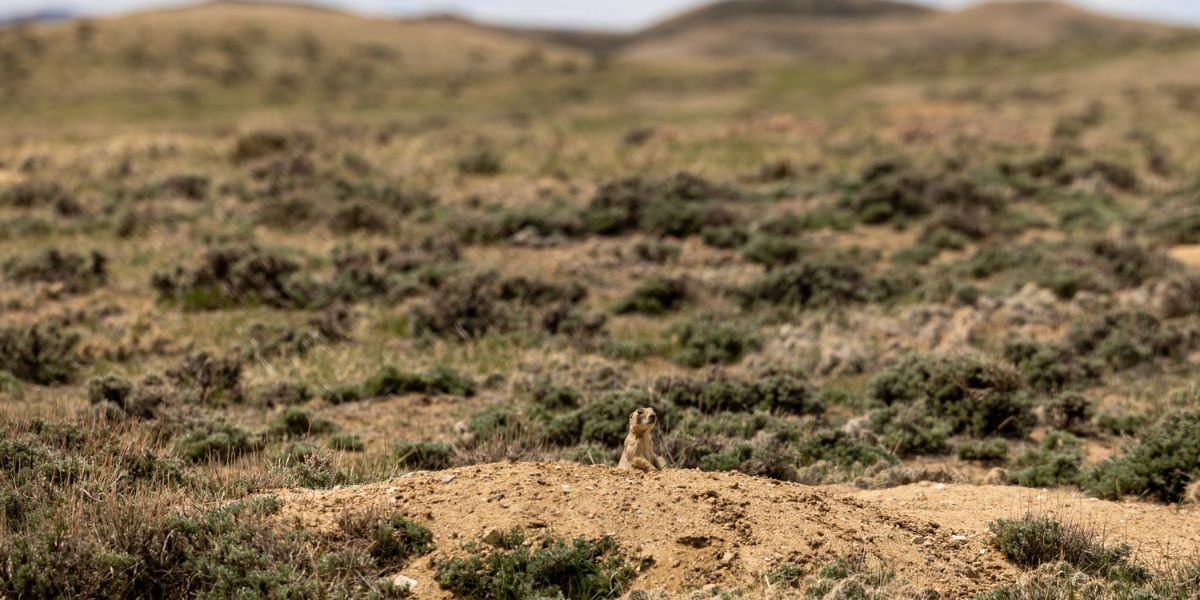Post 3 in Our Mule Deer Hunting Series
In our ongoing series on mule deer hunting tips, we’ve already covered two essential topics: glassing strategies and where to locate mule deer. In this third installment, we’re focusing on one of the most challenging aspects of mule deer hunting: the stalk.










